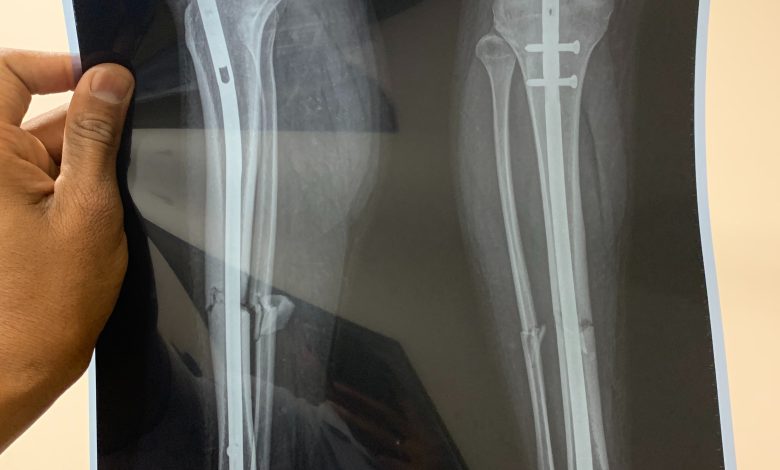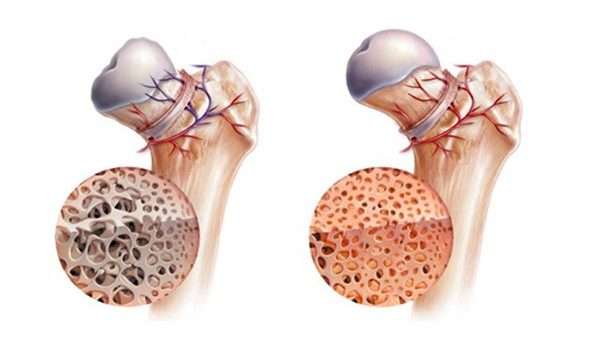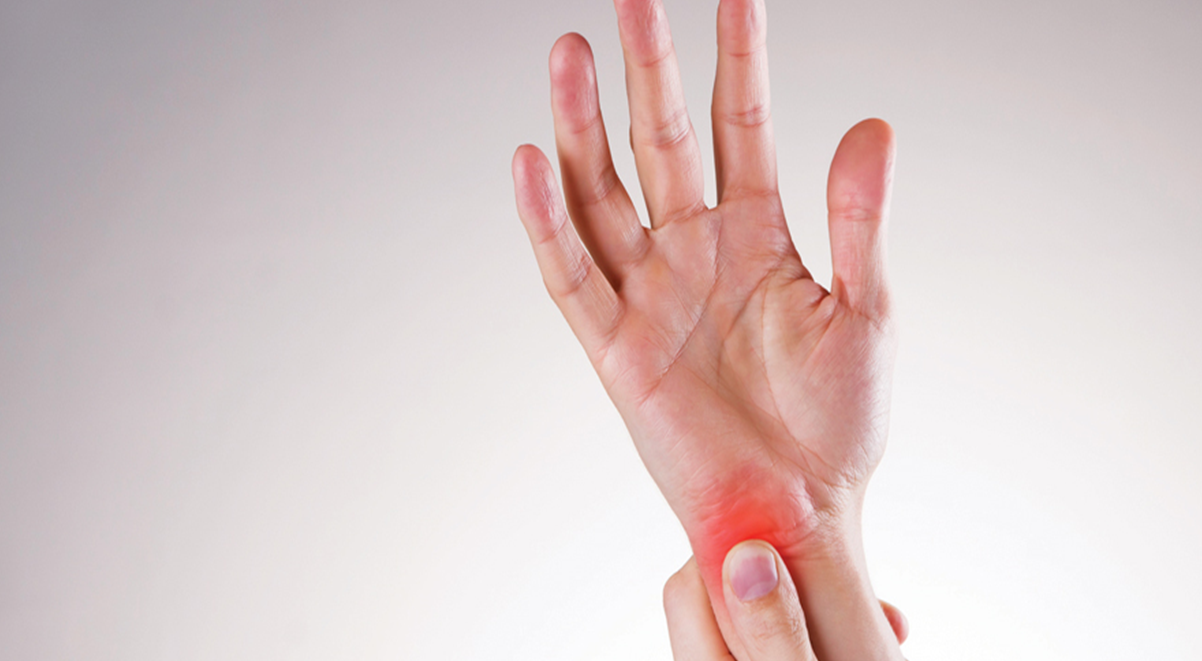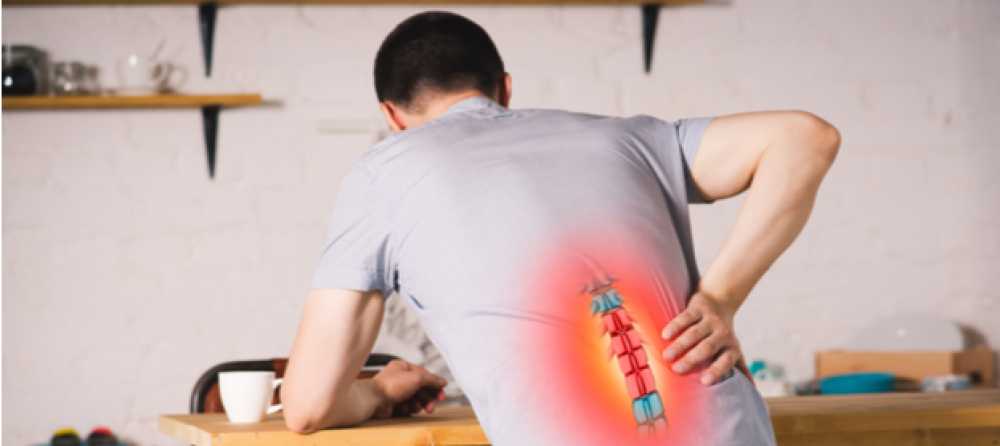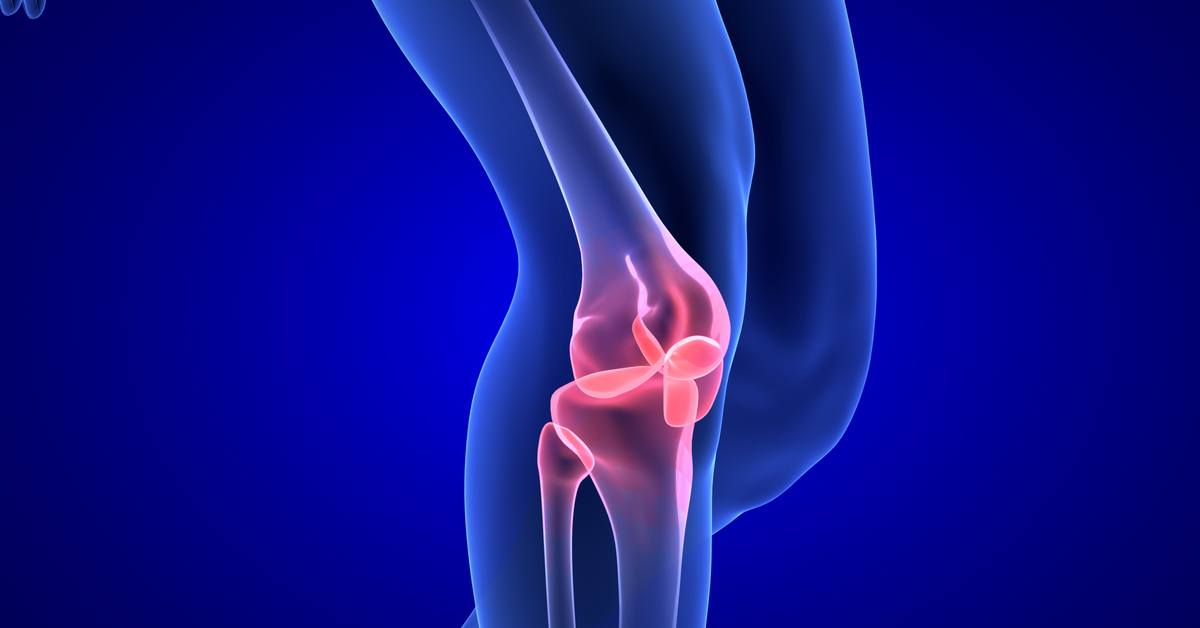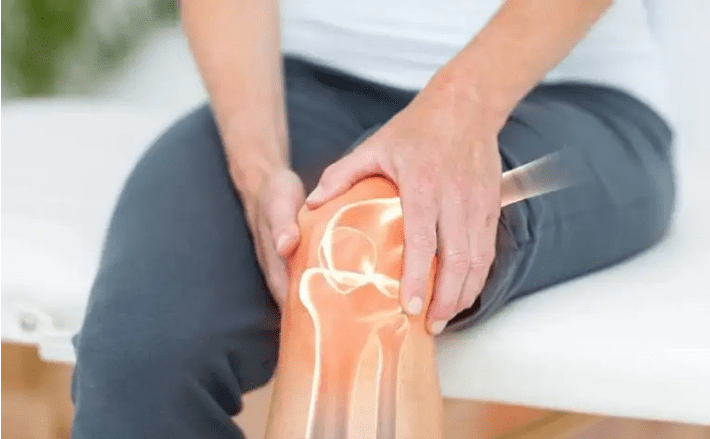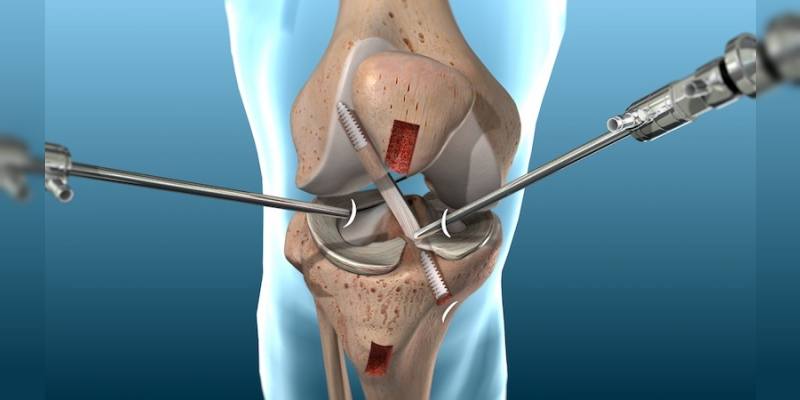Know the symptoms of gout
Gout has more than one cause and its symptoms also appear on the patient, but after the accumulation of uric acid crystals around the joint for long periods, and we provide you with comprehensive information about gout, its symptoms, and causes in the following article.
Causes of gout
The presence of a defect in the body or the occurrence of an increase in one of the elements harmful to it may lead to many diseases and health disorders whose treatment is difficult or takes a long time. Gout is one of the common types of inflammation and is called the disease of kings because it occurs when a person eats a lot of red meat.
How does gout occur?
The question can be answered by identifying the physiology of gout in the body. Gout occurs due to excess acids in the body, especially uric acid (uric acid), which form fine crystals around the joint that accumulate around the tissues and cause severe pain in the affected joint.
What are the causes of gout?
There is more than one reason that makes a person more susceptible to gout, and on top of them is an excess of uric acid in the body, which works to form crystals around the joint, which causes swelling, redness, and severe bouts of pain, and other causes of gout are:
- Kidney diseases such as kidney failure.
- Weight gain is an important factor affecting the chances of infection.
- Take diuretics.
- Eat foods that contain purines, which form uric acid, such as red meat.
- Not drinking water regularly and exposing the body to dehydration.
- Diabetes and high blood pressure.
Gout symptoms
One of the common questions is how do I know that I have gout? Gout usually occurs in the form of bouts of severe pain in the joint, especially the joints of the foot, which extends to the heel, which causes pain when walking or standing, and this occurs during the night periods or when waking up after a period of rest.
Symptoms of gout and salts
There is more than one symptom that appears on gout:
- The person feels more pain in the joint.
- Discomfort when moving the joint.
- The appearance of swelling and swelling in the joint.
- Redness and irritation of the skin around the joint.
- Inability to bend the joint in cases of severe inflammation.
Gout risk factors
Some factors increase a person’s risk of developing gout, and a person should avoid them as much as possible, which are:
- Side effects of some medicines such as aspirin and thiazides.
- Advances in age because the joint is more susceptible to injury as a result of weakness and sometimes erosion.
- Excessive consumption of alcohol and sugary drinks.
- Obesity, which limits the body’s ability to get rid of uric acid.
How to diagnose gout
The diagnosis of gout takes place in several steps that the doctor takes and begins with a clinical examination of the patient and identification of the symptoms he suffers from, the duration of pain, and the times of its appearance, and the doctor also asks you for some laboratory analyzes and x-rays, which are:
- urine sample analysis
- Analysis of the level of uric acid in the body.
- X-rays, which reveal the extent of joint damage.
- Synovial fluid test of the joint.
What are the symptoms of gout in women?
Gout affects both men and women, especially when they get older, but women are more susceptible to gout after menopause, some changes occur in the body, and it is more susceptible to many diseases.
The symptoms of gout in women are many, and they may affect more than one joint at the same time, and common symptoms of gout are:
- A feeling of pain in the affected joint when moving from one position to another.
- The occurrence of redness in the joint site of the injury, heat.
- Increased bloating, especially in the early hours of the morning.
- Severe bouts of pain that last for days.
- General discomfort in the joint.
Tips to reduce gout symptoms in women
There are some guidelines recommended by doctors to reduce the intensity of pain caused by gout, which are as follows:
- Women need to pay attention to the amount of water they drink throughout the day, which reduces uric acid in the body.
- The lady can try to reduce the severe stress that may affect the joint with excessive pain.
- Avoid eating too much fish and red meat.
- Low-intensity exercise to help strengthen muscles.
Gout purposes in the feet
Gout may affect more than one joint in the body, especially the joints of the foot, specifically the big toe, which is considered one of the first joints to show symptoms of infection, and one of the famous symptoms is the pain that starts from the toes to the heel and the redness of the affected part.
Symptoms of gout in the heel of the foot
Uric acid is one of the acids that produce purines, which are harmful chemicals that cause many diseases, including gout, caused by the accumulation of uric crystals around the joint, disrupting its functioning normally and causing discomfort to the patient.
At the beginning of the infection, gout can occur in one joint and extend to more than one joint if it is not treated properly, and one of the vulnerable parts of the injury is the heel of the foot and several symptoms appear on it, including severe pain in the form of bouts of difficulty walking and swelling.
Symptoms of gout in the urine
Excess uric acid in the body is not good for a person’s health, as it usually dissolves in the blood and goes to the kidneys, and the body gets rid of it through urine, but sometimes uric acid increases in the body and causes diseases.
As a result of the presence of uric acid in the body in large quantities, the person suffers from gout, which causes many symptoms, including increased acid in the urine and its appearance in laboratory tests required by the doctor, and the person feels swelling in the affected joint accompanied by pain.
Symptoms of gout in the knee
There is more than one disease that affects the knee and causes it severe pain, and one of the common diseases is “gout”, which occurs as a result of the accumulation of uric acid crystals around the joint, and the knee suffers sudden strong pain, and its severity decreases with time, and it is usually during the night or after standing for long periods.
There is more than one other symptom that a gout patient can suffer from in the knee, which is a change in the color of the skin to red, irritation, and difficulty in moving, and it is important to refer to a specialist doctor because starting treatment early works to increase the chances of recovery.
Does walking benefit a gout patient?
Some gout patients see that complete rest is the main solution in treating gout and avoiding movement, but doctors have indicated that walking or exercising at balanced rates and preferably under medical supervision helps a lot in relieving gout symptoms.
The person can practice walking while adhering to the medications prescribed by the doctor and start walking for a few minutes for a short distance and then increase the number of minutes and the walking distance, the person needs to maintain home treatment after walking, such as making ice packs and raising the foot up.
Does hot water treat gout?
Hot water has many benefits in several diseases, including gout, hot water compresses or stretching in bathtub with hot water can increase the chances of recovery from fatigue, make the person feel more comfortable, get rid of pain, and improve blood circulation in the affected part.
Doctors recommended alternating between cold and hot water compresses in order for the patient to obtain the best results, and ice compresses work to reduce swelling and inflammation, and hot water improves the amount of blood around the joint and reduces irritation and redness.

